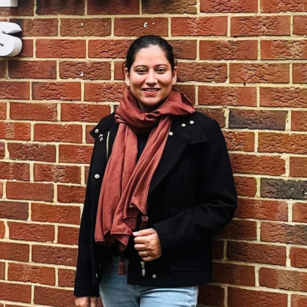This short article looks at how participation can provide some answers to overcoming the tendency for elite capture in social protection programmes.
The tendency for programmes intended for those who are poor and marginalized to be distorted and captured by local elites is widely recognized. Men appropriate what is intended for women; local power holders distribute benefits to their relatives, caste, class, ethnic, factional, religious or even age groups. Notoriously in India the non-poor have often defined themselves as poor in order capture benefits intended for others. The means used are many: falsification of records; local elites sharing the spoils with officials; keeping records hidden; intercepting information and keeping poor people ignorant of programmes and their rights; intimidation and threats of sanctions; demanding a proportion of benefits as a price for passing on some of them, and so on.
For programmes of social protection, participation is an obvious prescription to overcome this elite capture but is far from a magic wand. Who participates? Participation can itself be captured to become an instrument for exclusion of those who are meant to benefit, even to the extent of leaving them relatively worse off than before. Participation can also be limited to certain groups of poor and vulnerable people to the exclusion of others: for example, women’s savings groups often leave out the poorest women. People living with disabilities are especially vulnerable.
